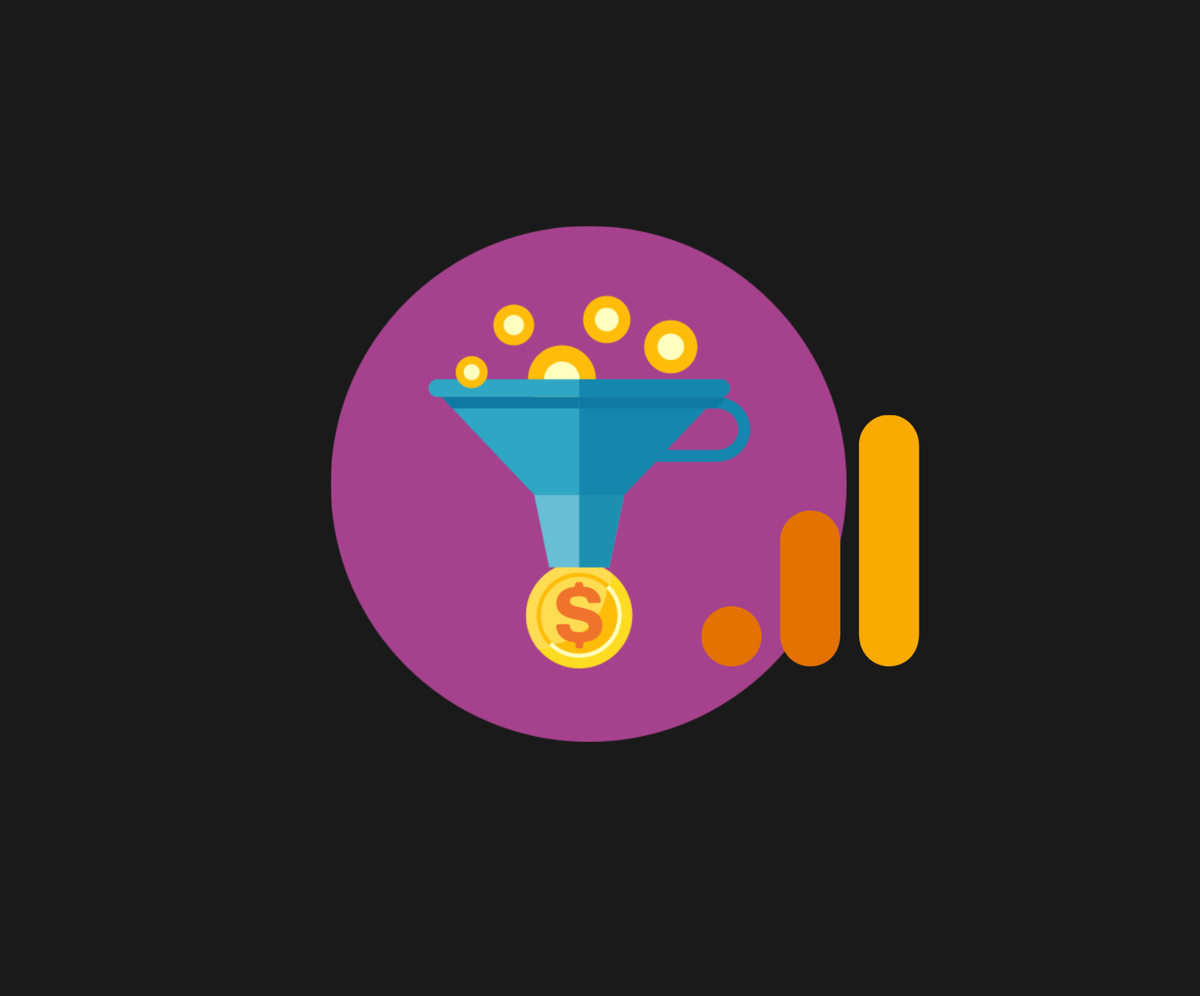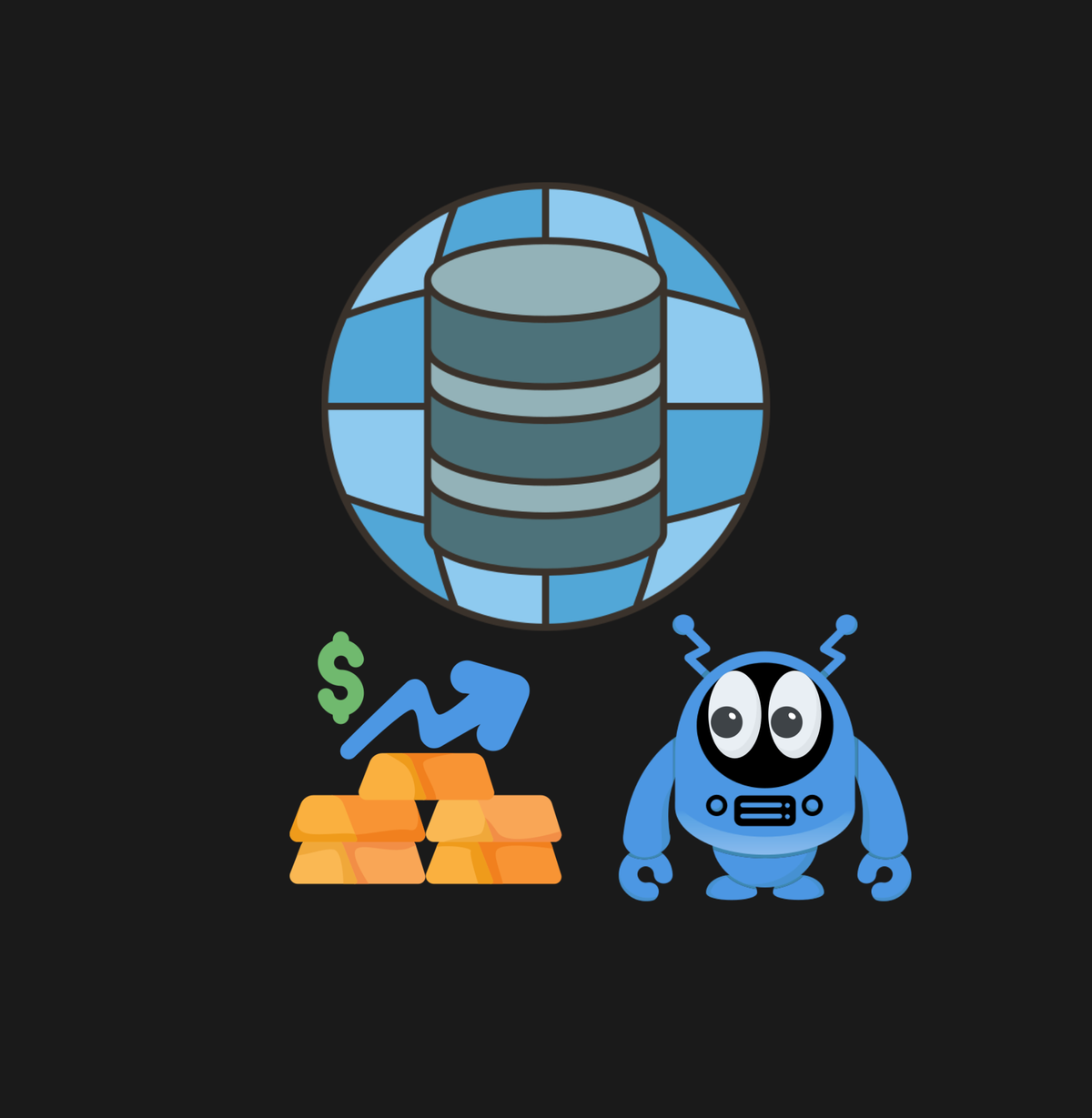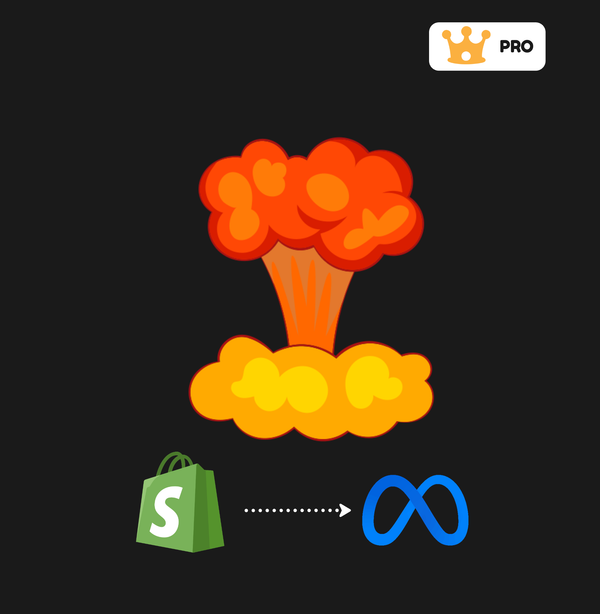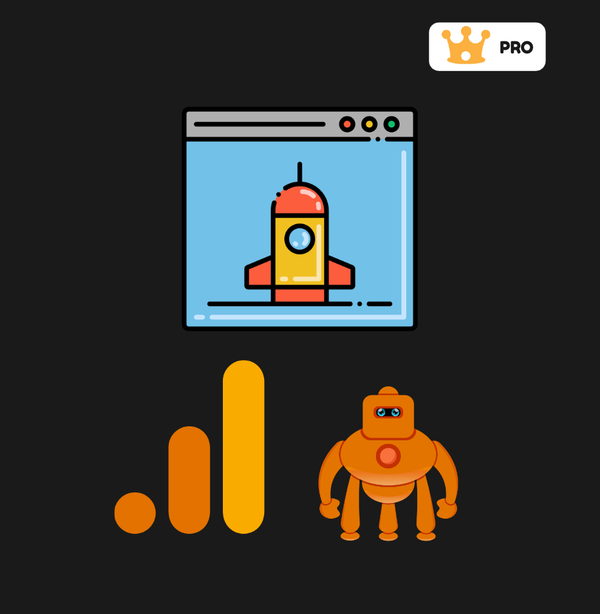Most companies confuse reporting with generating actionable insights. These are fundamentally different activities:
Reporting is passive. It focuses on visualizing metrics and creating dashboards that show what has already happened. While necessary, dashboards alone rarely drive meaningful action. They tell you what happened, but not what to do next.
Insight generation is active and hypothesis-driven. It involves using data to test specific hypotheses, identify optimization opportunities, and recommend concrete actions that create tangible business value.
The gap between these two approaches represents a significant opportunity for data teams looking to increase their impact. Organizations often invest heavily in data infrastructure and visualization tools, yet many struggle to extract value from these investments. This is because having access to data doesn't automatically translate to having useful insights.
This creates an enormous demand for decision-ready analyses. Business leaders are hungry for analyses that don't just describe what happened, but prescribe what to do next - with clear rationales and expected outcomes. This hunger represents both a challenge and an opportunity for data professionals who can bridge this gap.
Why True Insight Generation Is Challenging
Generating actionable insights requires a specialized combination of skills:
- Advanced SQL expertise to handle complex data queries quickly and effectively
- Data wrangling abilities to transform messy, raw data into meaningful analyses
- Business context understanding to align findings with strategic priorities and realistic actions
- Experimental thinking to design and run tests that validate or disprove hypotheses
Due to these challenges, many analysts never progress beyond passive reporting. Real insights remain rare, and when they do emerge, they're often too slow or disconnected from business goals.

But there's an even bigger issue: the sheer time investment required for proper insight generation.
The Time-Intensive Reality of Data Analysis
The typical insight generation process involves seven distinct phases, each requiring significant time and expertise:
1. Data Extraction (SQL)
- Goal: Pull raw data from one or more sources.
- Tasks:
- Identify relevant tables and joins
- Optimize queries for volume and performance
- Handle incremental vs full loads
- Typical duration: 1–3 days
2. Data Wrangling
- Goal: Clean, transform and integrate data into an analysis‑ready form.
- Tasks:
- Handle missing / inconsistent values
- Normalize / denormalize schemas
- Merge disparate sources (e.g. CRM + web analytics)
- Feature engineering (derive date parts, flags, ratios)
- Typical duration: 3–7 days
3. Exploratory Analysis
- Goal: Understand patterns, distributions, correlations; generate hypotheses.
- Tasks:
- Summary statistics and visualizations
- Outlier detection
- Correlation and segmentation analyses
- Preliminary dashboards to surface questions
- Typical duration: 1–2 weeks
4. Testing & Validation
- Goal: Rigorously test hypotheses to avoid false positives.
- Tasks:
- Statistical testing (t‑tests, chi‑square, regression)
- A/B or multivariate experiments
- Cross‑validation (for predictive models)
- Sensitivity and robustness checks
- Typical duration: 2–4 weeks
5. Measurement Framework
- Goal: Define, instrument and automate key metrics/KPIs.
- Tasks:
- Specify leading vs lagging indicators
- Build tracking events or API feeds
- Set up automated alerts and dashboards
- Typical duration: 1–2 weeks (plus ongoing maintenance)
6. Action & Deployment
- Goal: Translate insights into concrete business changes.
- Tasks:
- Prioritize and scope projects (e.g. personalization, process changes)
- Prototype dashboards, ML models or scripts
- Collaborate with engineering/operations to deploy
- Train users / update SOPs
- Typical duration: 2–6 weeks
7. ROI Analysis & Iteration
- Goal: Measure impact, learn and feed back into the cycle.
- Tasks:
- Define financial metrics (revenue lift, cost savings)
- Attribution modeling
- Post‑mortems on wins/misses
- Refine hypotheses for next round
- Typical duration: 3–6 months
This lengthy process explains why most companies default to simple reporting despite knowing they need insights.

To understand the magnitude of the challenge, let's compare traditional reporting approaches with true insight generation workflows. The difference in complexity and resource requirements is striking:
- BI/reporting workflows often end at Step 1 or 3: you pull data (SQL) and build dashboards.
- Insight generation requires rigorous testing (Step 4), accurate measurement frameworks (Step 5), effective organizational change management (Step 6), and long-term ROI tracking (Step 7).
Each of those later steps can take weeks to months—and require cross‑functional coordination—which is why delivering actionable insights is orders of magnitude more time‑consuming than spinning up a report.
The resource commitment is simply too significant for most teams to sustain across multiple business areas simultaneously.
From Months to Minutes
This is where the transformative power of AI agents becomes clear. What traditionally takes months of specialized work can now be accomplished in minutes with properly configured agents.
Agents don't just accelerate individual steps - they fundamentally compress the entire insight generation lifecycle:
- Data extraction and wrangling that once took days or weeks becomes nearly instantaneous
- Exploratory analysis that required careful human attention can be performed comprehensively and systematically
- Testing and validation that stretched across weeks can be conducted with mathematical rigor in moments
- Measurement frameworks and action plans that demanded extensive team coordination can be generated automatically
The result? What previously required 3-6 months of coordinated effort can now be delivered in minutes to hours, without sacrificing quality or analytical rigor. The consistency and comprehensiveness of agent-driven analysis often exceed what human teams can produce under usual time constraints.
AI-powered agents can enhance data analysis through four key capabilities:
- Schema extraction that automatically maps database structures without manual review
- SQL generation that creates complex queries from natural language
- Pre-built analytical frameworks that ensure actionable outputs
- Intelligent output analysis that connects findings to business context and suggested actions
These capabilities dramatically accelerate the journey from raw data to business decisions.
Agents in Action
Let's move from theory to practice and explore how agents deliver measurable value in real business scenarios. The following two examples illustrate how agent-powered analysis yields specific, actionable recommendations that drive immediate business impact.
The Customer Acquisition Reporting Agent
The Customer Acquisition Reporting Agent analyzes Google Analytics 4 (GA4) data to provide actionable recommendations for customer acquisition. Unlike standard reporting, it creates a prioritized action plan with clear rationales and impact estimates.

For example, when analyzing channel performance data, this agent delivers insights like:
- For Google Organic: It identifies that while this channel drives the highest user volume (12,221 users), its conversion rate (2.32%) lags behind other channels. The agent recommends developing content targeting high-converting keywords and optimizing landing pages, estimating that improving the conversion rate to 3.2% could generate approximately 107 additional conversions and $8,000+ in revenue.
- For Referral Traffic: The agent recognizes this channel has the highest conversion rate (3.45%) and recommends expanding partnership and affiliate programs, calculating that a 20% increase in referral traffic could produce approximately 48 additional conversions and $3,600 in revenue.
- For Underperforming Channels: The agent provides specific recommendations for Paid Search, Direct, and Other traffic sources, each with rationales, expected impact, and priority levels.
The agent doesn't just identify what's happening - it recommends a complete strategy focused on three key areas:
- Maximizing organic search efficiency
- Scaling up high-performing referral partnerships
- Improving attribution of "Other" sources to identify hidden opportunities
The Conversion Funnel Agent
Another example is the Conversion Funnel Agent, which analyzes GA4 ecommerce data to optimize both product strategy and customer journey. This agent uses BigQuery SQL to identify critical gaps in the conversion funnel and provide actionable recommendations.

The agent delivers specific, high-impact insights such as:
- Checkout Process Gaps: It identifies missing tracking for payment and shipping information steps, recommending implementation of a streamlined checkout process with proper event tracking. The expected impact is 20-30% increase in purchase conversion through targeted optimizations.
- Cart Abandonment Issues: The agent identifies a significant 89.5% drop-off between cart additions and checkout initiation, recommending the use of abandonment recovery emails with personalized recommendations. This could potentially recover 15-25% of abandoned carts.
- Product Strategy Disconnects: By analyzing which products are viewed versus which are purchased, the agent identifies opportunities for strategic product bundling that could increase the average order value by 15-20%.
- Conversion Friction Points: To achieve an overall 4.7% cart-to-purchase conversion rate, the agent recommends implementing a single-page checkout with guest options, which could potentially generate 1,400-2,100 additional purchases.
Each recommendation is accompanied by a clear rationale, expected impact, and priority level, transforming what would typically be a passive funnel report into a comprehensive optimization strategy.
The ROI That Business Owners Want
Business leaders aren't interested in technology for its own sake; they want clear, measurable returns on their investments.
AI agents deliver exactly this kind of value:
- Build once, use continuously: A well-designed agent framework isn't a one-off project. It becomes an analytical asset that generates endless prompts, insights, and workflows from a single initial build.
- Scalable intelligence: With proper model context protocols and continuous learning, agents get smarter over time, adapt to new business conditions, and coordinate with other systems.
- Democratized analysis: Even team members without technical expertise can leverage agent capabilities to answer complex questions and generate insights.
The result? Data analysts equipped with AI agents become strategic partners to the business. They consistently deliver clear, high-impact actions that move the business forward.
In the upcoming playbooks, we will dive deeper into building specialized agents for specific business functions.
🚀 Pro Playbooks give you the actual workflows behind what I’m building - not just the theory, but the exact agents, prompts, and automations. Join Pro to unlock everything.






